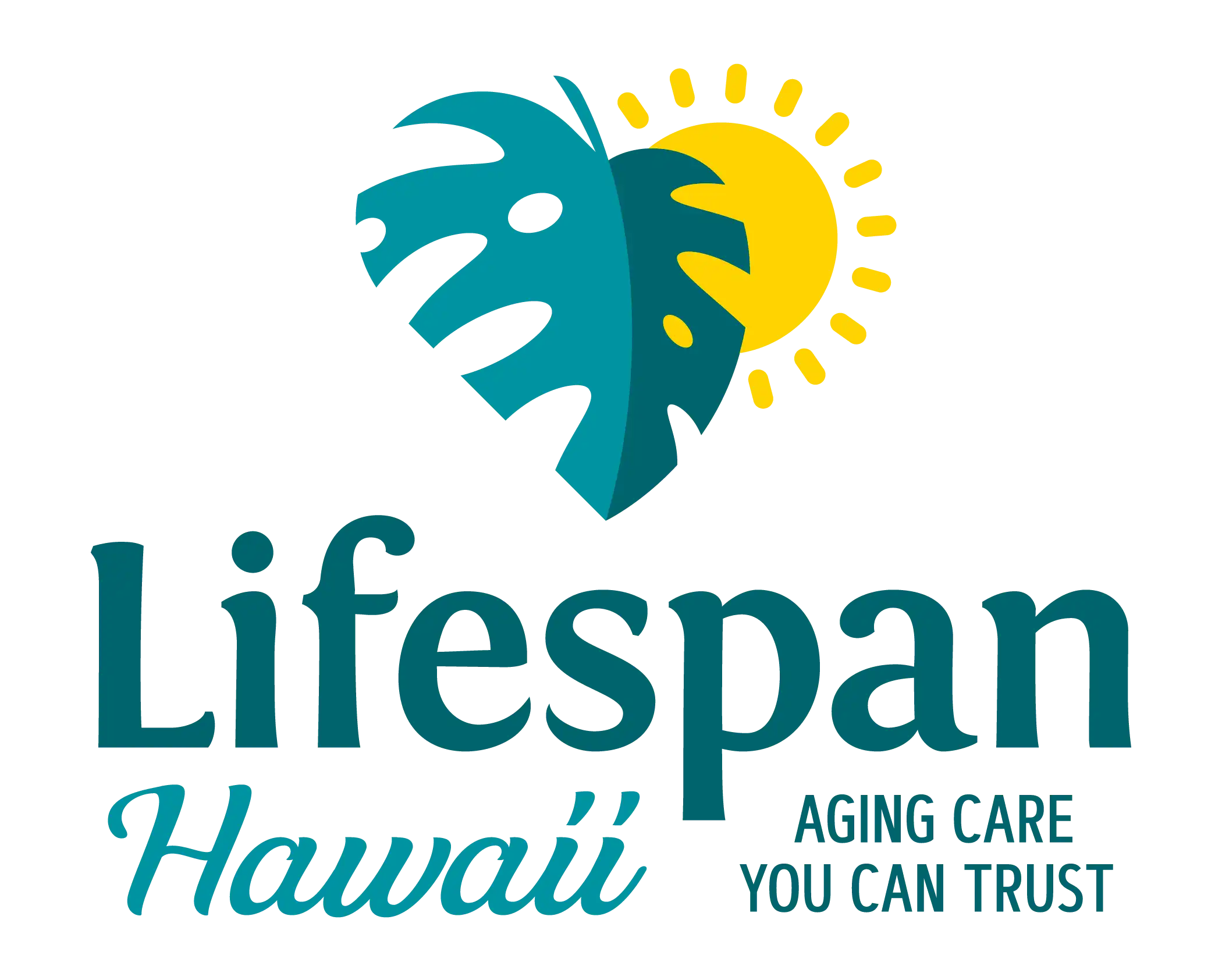Volcano Overflight: Lava Lake Revealed
Video courtesy of Tropical Visions Video photographer/videographer Mick Kalber.
A stunningly clear morning on Thursday, Jan. 19, allowed the Paradise Helicopters crew to access the Pu‘u ‘Ō‘ō, capturing images of a very active lava lake.
Skylights just east of the vent were accessible, but the crew was unable to see inside. This conduit feeds not only the ongoing 61g flow, but also the still-active additional flow just to the northeast of 61g, which is now 1.5 miles from the vent.
“Pele still breaks out there, but only infrequently and this flow appears to be dying,” said Tropical Visions Video photographer/videographer Mick Kalber. “The main flow continues unabated, dumping tons of lava into the Pacific Ocean at Kamokuna just inside Hawai‘i Volcanoes National Park.
The ocean entry flow front is limited to a huge entry on the eastern side, the crew reported. The recent delta collapse has send a long-lived firehose lava stream in the Pacific Ocean, said Kalber.
“Scientists surmise that perhaps because of the sheer cliffs and huge amount of lava entering the sea, a lava delta has not begun to form,” said Kalber.
“We saw only one tour boat, once again, within 20 yards of the ocean entry,” Kalber said. “We are restricted to 1,000 feet from the ocean entry, but the boats continue to sail very close to the active entry.”
New black sand beaches along the coast near the ocean entry continue to form.
To reach the new lava viewing area within Hawai‘i Volcanoes National Park from the east (Kalapana-side), visitors must hike about 4.2 miles one way along the gravel emergency access road. This entrance is open daily from 3 p.m. to 9 p.m. From the park, or west side, visitors can hike out from the Coastal Ranger Station at the end of Chain of Craters Road, about five miles one-way. About one mile of the hike goes inland of the gas plume over hardened, uneven lava flows. The park entrance is open 24 hours a day.
Hikers need to be prepared for a long trek. Wear sturdy closed-toe shoes or boots, gloves to protect the hands, and long pants to protect against lava rock abrasions. Carry plenty of water (three to four quart/liters per person). Wear sunblock, sunglasses and a hat. Visitors who plan to stay after dark need a flashlight and/or headlight with extra batteries.
Download hiking tips here.












